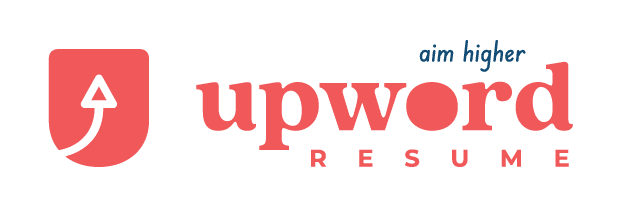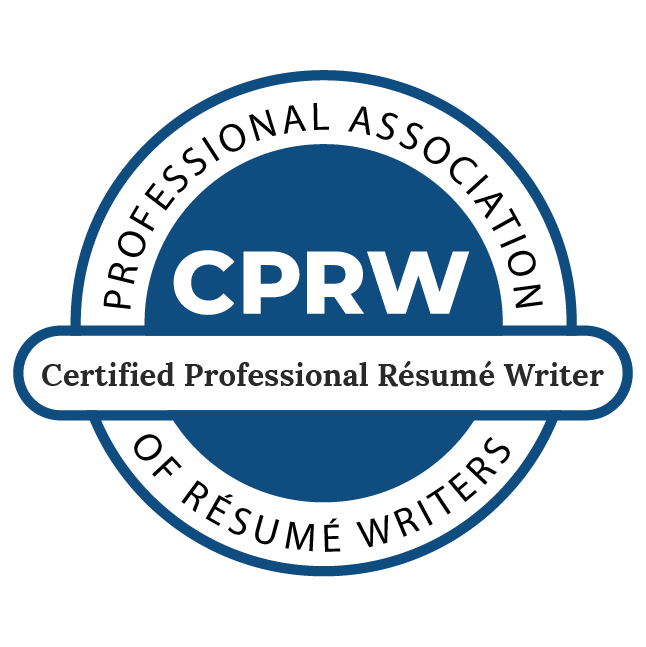I’ve said it before and I’ll say it again—
A strong LinkedIn profile is an essential, no-excuses, must-have in the modern career market.
But many people I talk to feel intimidated and overwhelmed by LinkedIn. Profiles. Networking. Posts. Comments.
It’s true that using LinkedIn can get complicated. Recruiters, marketers, job seekers, expert networkers, and thought leaders dig deep to use LinkedIn’s functionality to grow their brands and connect with clients / employees / employers / partners.
If becoming a LinkedIn super-user is your thing, that’s great. But if not, here’s how to press the easy button.
Add these 3 components to your LinkedIn profile and you’ll dramatically increase the reach and professionalism of your profile and position yourself as a savvy professional.
1. Summary section
The very most important part of your LinkedIn profile is what’s called Summary section. This section functions a lot like the qualifications section of a resume and it should contain a statement of your personal brand.
This section is highly optimized in LinkedIn searches. This means that any keyword or phrase that you want leading to you—think recruiters or potential customers googling for someone like you—needs to be here.
What to do:
Write a brief paragraph or a few bullet points (or a combination thereof) describing what sets you apart, what expertise you bring to the table, and what you have to offer.
Don’t stress over making this poetic or perfect. Just start with a simple, straightforward statement of who you are and what you do.
2. Work experience
Populate the “Experience” section of your LinkedIn profile with your basic work history. This a.) lets users know what you do, and b.) enables LinkedIn to do its networking thing to let former colleagues and associates to find you.
What to do:
At a bare minimum, list your-
- Company Name
- Title
- Time Period (LinkedIn won’t allow you to skip this, but don’t feel obligated to list months.)
Include at least your work history for last 10 years or since you graduated from college, whichever is shortest.
For bonus points, include a few bullet points outlining the scope of your role and highlighting a few of your biggest accomplishments.
3. Picture
Yep, you do need one. It’s a part of LinkedIn genre/culture. You don’t want a glamour shot, and you don’t want an unprofessional picture of you at the beach or at a party. (Unless you’re a beach volleyball player or party planner.)
What to do:
Next time you’re dressed for work and having a good hair day, stand in front of a blank wall and ask one of your friends to snap a pic with your phone. Crop it to head-shot dimensions (from mid-chest up) and post it on your profile.
Congratulations! You now have a solid LinkedIn profile that puts ahead of many, many professionals out there.
To make your LinkedIn profile really work for you, revisit it every few months. Spend 10 minutes or so clicking through your profile, adding new info, and making little tweaks to keep everything fresh and updated.
if you’re looking for more help with LinkedIn strategy and resume writing, reach out to Upword Resume.



Comments are closed.